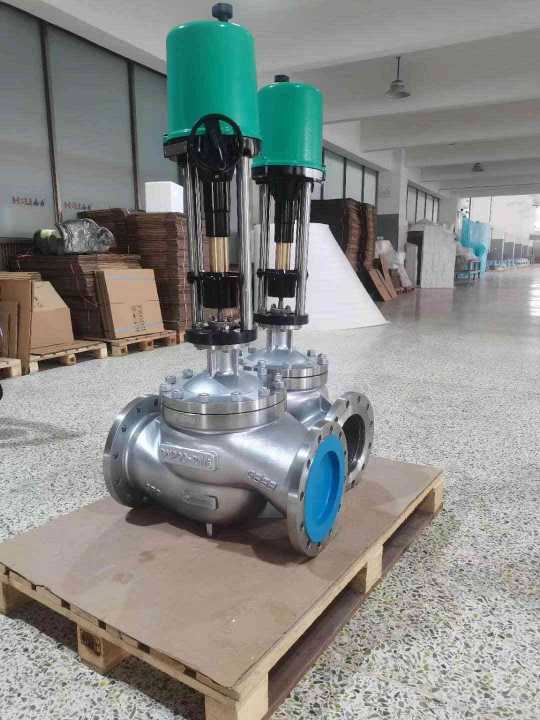electric single seat regulating valve: a key component in flow control systems
Release time:2025-09-22 03:00:52
Electric single seat regulating valves play a crucial role in modern industrial applications, where precise flow control is essential. These valves combine a single-seat design with an electric actuator, enabling them to regulate flow rates, pressures, and temperatures in a wide range of systems. This article will explore the working principle, features, applications, and advantages of electric single seat regulating valves.

Working Principle of Electric Single Seat Regulating Valve
An electric single seat regulating valve operates by adjusting the position of a valve plug or seat inside the valve body to control the flow of fluid. The valve is equipped with an electric actuator that receives a control signal, typically in the form of 4-20 mA or 0-10 V DC. This electrical signal is converted into mechanical motion by the actuator, which adjusts the valve plug to either open or close the valve. The single-seat design ensures that the valve operates with minimal friction and wear, leading to better reliability and durability.

